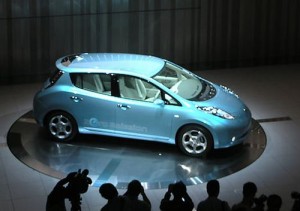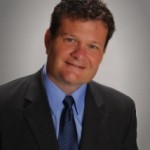Construction will begin this month on the 30-acre site, of the U.S. Air Force Academy (USAFA) in Colorado Springs, Colo to build a 6-megawatt solar photovoltaic power system. The 30-acre, 6-megawatt system at this site is where Air Force cadets and officers alike engage in thousands of  training flights each year, will be a testament to the fact that solar power provides a secure, independent power source in the U.S.,” said Jim Pape, president of SunPower’s residential and commercial business group. “Reliability and quality are the hallmarks of SunPower systems. We look forward to working with the Springs Utilities and the Air Force Academy on this very exciting project.”
training flights each year, will be a testament to the fact that solar power provides a secure, independent power source in the U.S.,” said Jim Pape, president of SunPower’s residential and commercial business group. “Reliability and quality are the hallmarks of SunPower systems. We look forward to working with the Springs Utilities and the Air Force Academy on this very exciting project.”
The project is funded by the American Recovery and Reinvestment Act of 2009 (ARRA), as a result of government requirements for federal facilities to use increasing amounts of renewable energy. SunPower and Springs Utilities will each own 50 percent of the renewable energy credits (RECs) and environmental benefits associated with the system. The system will use high-efficiency SunPower solar panels with the SunPower Tracker(R) system. The Tracker follows the sun’s movement during the day, increasing sunlight capture by up to 25 percent over conventional fixed-tilt systems, while significantly reducing land use requirements. The system will be designed to meet USAFA’s stringent engineering design standards.
According to U.S. Environmental Protection Agency estimates, the system at the Air Force Academy will avoid more than 9,400 tons of carbon dioxide emissions each year, the equivalent of removing 40,900 cars from Colorado’s highways over 25 years. The plant is expected to be operational by summer 2011.








